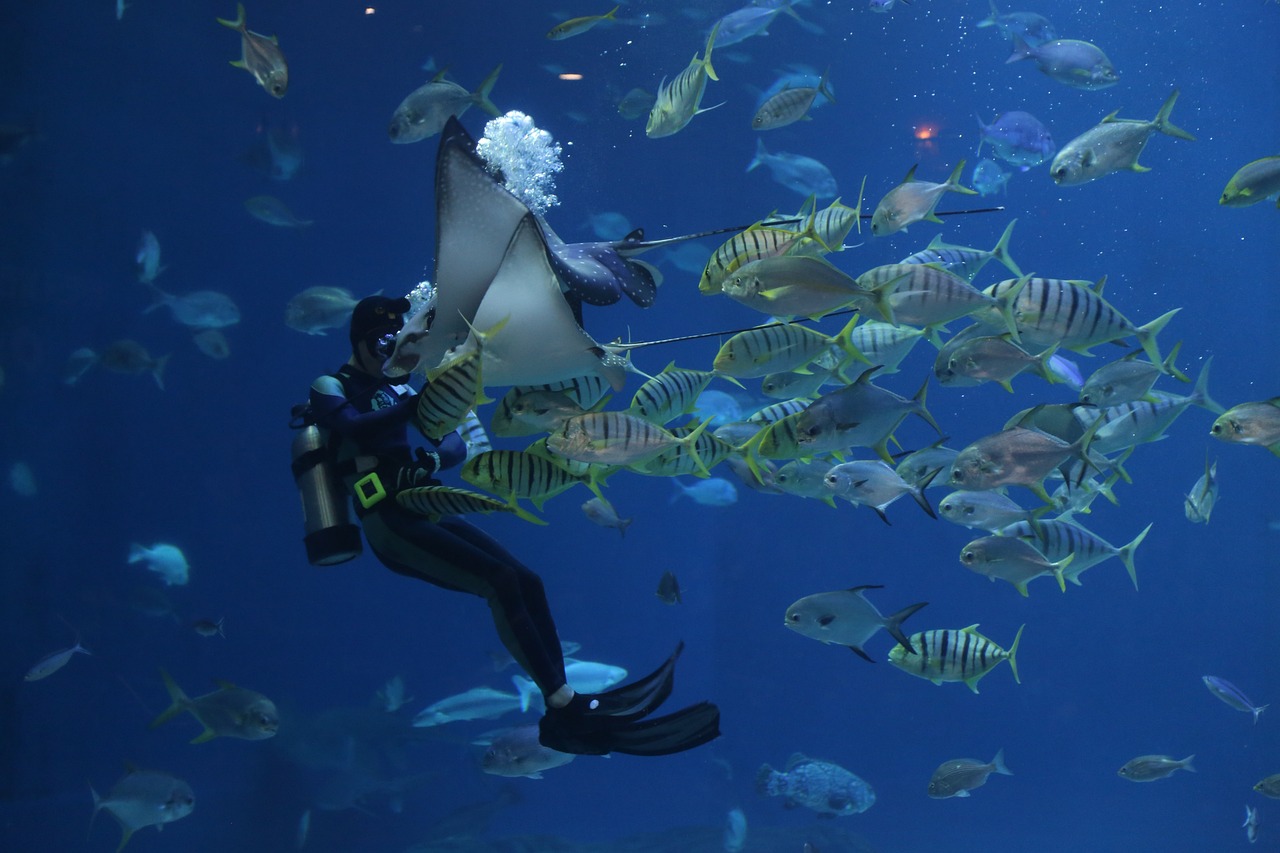Table of Contents
![]()
Introduction
Maintaining an appropriate aquarium size for your fish is crucial for their health and well-being. Many fish species can grow much larger than anticipated, leading to issues when they outgrow their initial home. This situation poses both ethical and practical challenges. Addressing these issues promptly ensures that your fish remain healthy and happy. Understanding how to manage a fish that has outgrown its aquarium involves recognizing the signs, implementing immediate solutions, exploring long-term strategies, and preventing future occurrences.
Signs Your Fish Has Outgrown Its Aquarium
Physical Indicators
One of the most apparent signs that a fish has outgrown its tank is its size relative to the tank dimensions. If the fish appears cramped or if its growth seems stunted or deformed, it’s a clear indicator that the tank is too small. Overcrowding can hinder proper growth and lead to health issues.
Behavioral Indicators
Behavioral changes in fish can also signal that they need more space. If your fish becomes more aggressive or stressed, or if you notice a decrease in activity and increased lethargy, it might be due to insufficient space. Fish exhibiting unusual behavior can often be a sign of tank size issues.
Environmental Indicators
A smaller tank can lead to poor water quality due to increased waste production. If you’re observing frequent fluctuations in water parameters such as pH, ammonia, or nitrate levels, and it becomes increasingly challenging to maintain good water quality, it might be a sign that the tank is too small for the fish’s needs.
Immediate Actions to Take
Assess the Situation
The first step in addressing an overgrown fish is to assess the situation thoroughly. Measure both the fish and the tank to determine the extent of the problem. Observe the fish’s health and behavior closely to understand how the current tank size is impacting them.
Temporary Solutions
While planning a long-term solution, you can implement temporary measures to improve the current conditions. Enhancing tank conditions by upgrading the filtration system and performing regular water changes can help mitigate some of the issues associated with a cramped environment. Adding hiding spots and enrichment can also reduce stress and aggression in the fish.
Research and Planning
Start researching the adult size of your fish species to better understand their future needs. This information will guide you in choosing an appropriate tank size or finding a new home for the fish. Consider both the fish’s size and its environmental requirements when planning your next steps.
Long-Term Solutions
Upgrading the Aquarium
One effective long-term solution is upgrading to a larger aquarium. A larger tank provides more space for the fish to swim and grow, reducing stress and promoting better health. When selecting a new tank, ensure it meets the needs of your fish species, and plan the transition carefully to minimize disruption. Setting up the new tank with proper filtration, heating, and substrate is crucial for the fish’s acclimatization.
Rehoming the Fish
If upgrading the tank is not feasible, rehoming the fish may be the best option. Finding a suitable new home involves several steps:
- Locating a New Home: Reach out to aquarists, fish enthusiasts, or local aquariums and fish clubs who may be interested in adopting your fish. Online forums and social media platforms dedicated to fishkeeping can also be useful for finding a new home.
- Ensuring a Good Match: Make sure that the new environment is appropriate for the fish’s needs. Check that the new owner is equipped to provide the necessary care and attention.
Preventive Measures for the Future
Research Before Purchase
To prevent future issues, it’s essential to research fish species thoroughly before purchasing. Understanding the potential size of the fish and its environmental needs helps in selecting species that are suitable for your tank size.
Planning for Growth
Regular monitoring of your fish’s size and behavior is crucial for anticipating growth-related issues. Be prepared to adjust your tank setup and maintenance routines as your fish grow. Proactive planning can prevent the stress associated with sudden changes.
Educating Others
Sharing knowledge about responsible fishkeeping with new fish enthusiasts can help promote better practices in the aquarium community. Educating others about the importance of appropriate tank sizes and the potential growth of different fish species contributes to responsible pet ownership.
Conclusion
Dealing with a fish that has outgrown its aquarium requires a multifaceted approach. Recognizing the signs of an overgrown fish, taking immediate actions to improve their current environment, and implementing long-term solutions are all essential steps. By upgrading the aquarium or finding a suitable new home for the fish, and by taking preventive measures to avoid future issues, you can ensure that your fish live a healthy and stress-free life. Responsible fishkeeping involves understanding and addressing the needs of your aquatic pets, ensuring their well-being and happiness.
Share This





Be the first to comment